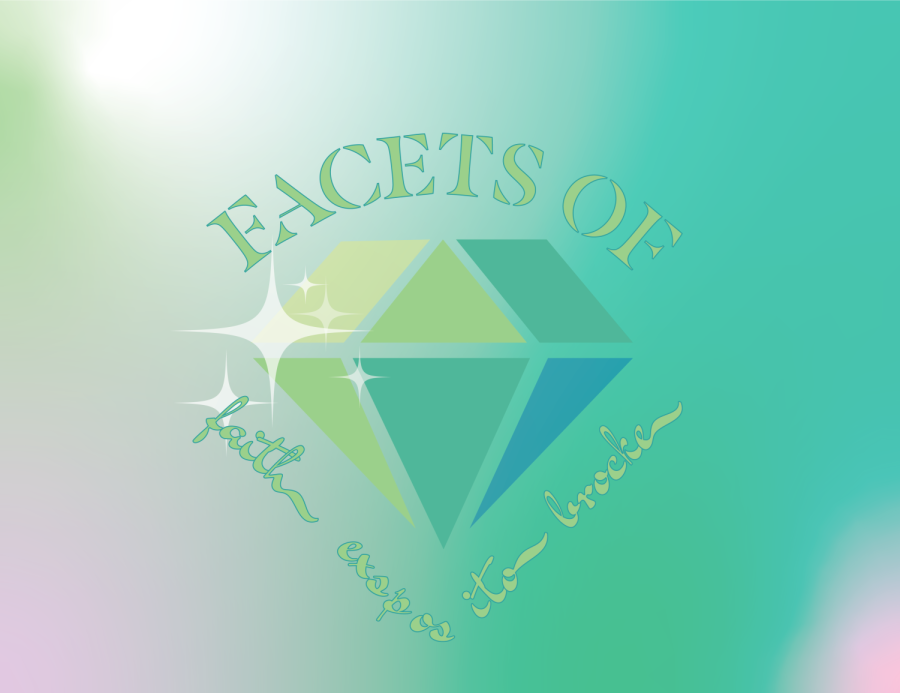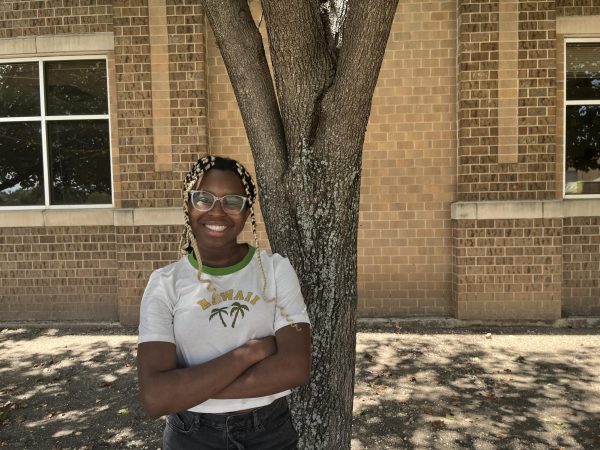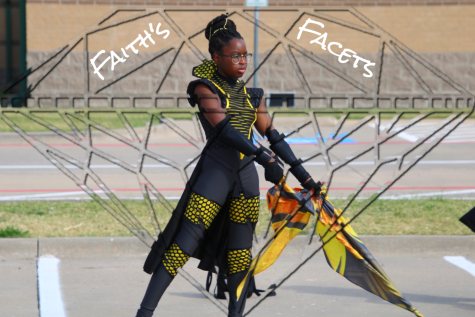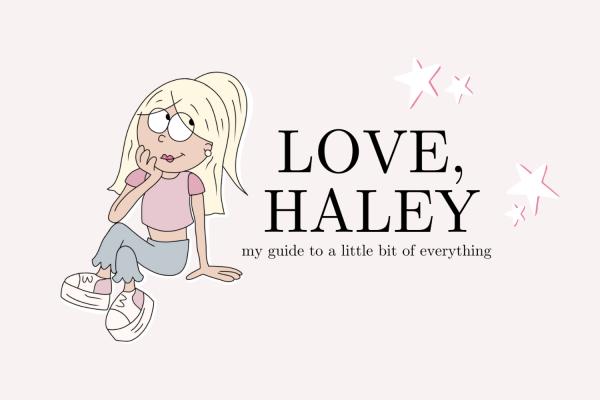Facets of Faith: giving credit where it’s due
Staff reporter Faith Brocke expresses her emotions and experiences in her column, Facets of Faith.
October 21, 2021
One of my favorite things to do is observe. I like to sit back and watch, to learn new things. One of my favorite things to observe is the cultural representation and influence.
When I was younger, it didn’t really register in my brain that African culture had such a strong hold on many of the things I see every day, from clothing patterns to media and many other aspects of the world.
For example: dance.
Several styles of dance derive directly from African and black culture, from rhythmic and patterned steps and stomps to slaps and claps that can be traced back to how slaves and their efforts to not only preserve their heritage while communicating with each other. Some people don’t even realize that the entirety of hip hop stems from black people innovating and creating.
When I first attempted dance, our jazz instructor often dodged and denied the fact that jazz is a direct result of African culture, from the movements to the music and sounds associated with it. It was disheartening to see the source for this man’s entire line of work get disrespected and not receive the credit it deserved.
And as the daughter of someone who sells Ghanaian clothing for a living, it’s hard to miss when a certain ‘style’ or ‘trend’ is something that I’ve seen get made by hand.
Not to say that these are “bad” things, in fact I find them to be remarkable, as long as people recognize the origins and the significance of incorporating African and black culture into their own work.
The incorporation and promotion of black and African culture in media in a positive light can make many feel included and celebrated rather than being used for profit or benefit of those who do not understand the culture itself.










